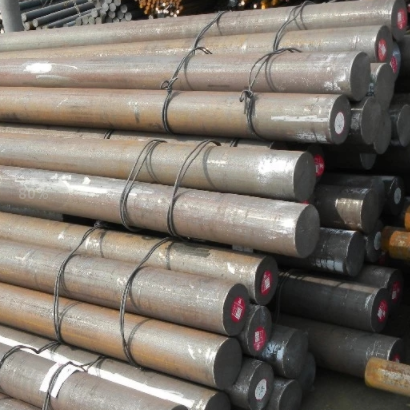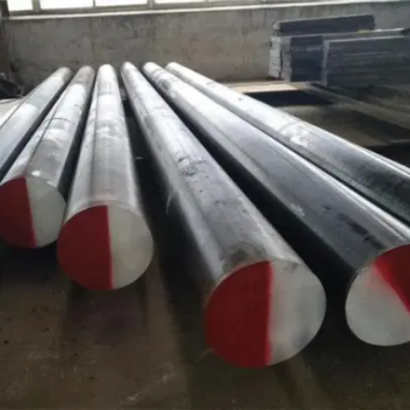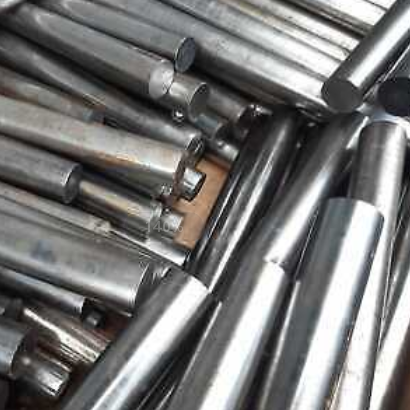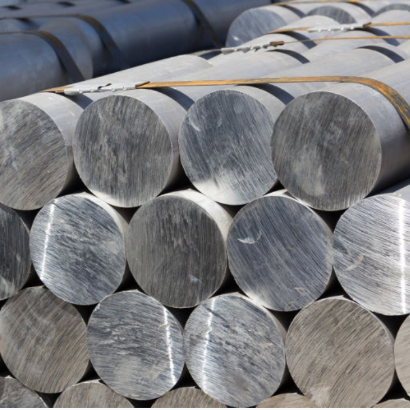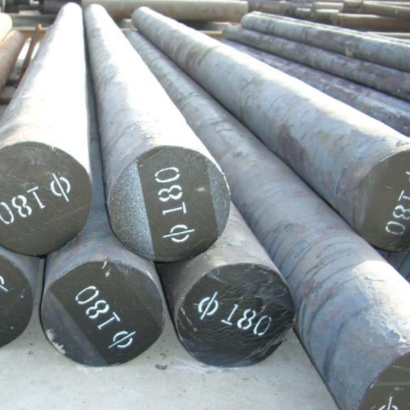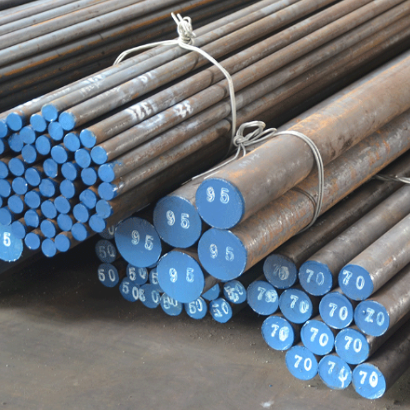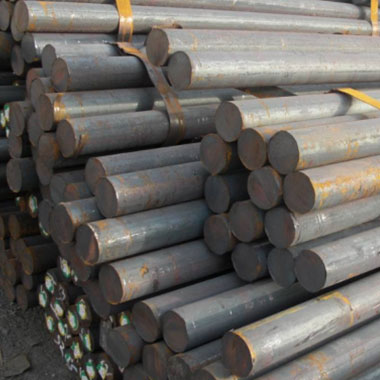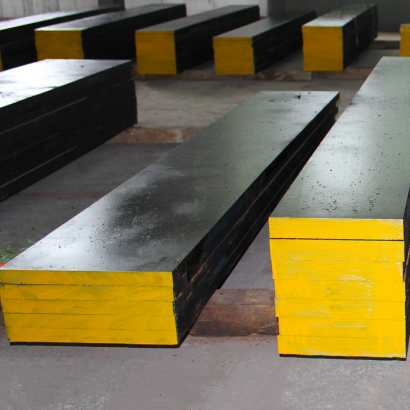Comparative Analysis of Mechanical Properties
1. Hardness
H13 steel exhibits higher hardness than 4340 steel. H13 typically has a Rockwell hardness of around 50-54 HRC, while 4340 steel has a hardness of approximately 20-25 HRC when in the annealed condition.
2. Strength
4340 steel has a higher tensile strength compared to H13 steel. The tensile strength of 4340 steel ranges from 930 MPa to 1080 MPa, while H13 steel has a tensile strength of about 1600 MPa.
3. Toughness
4340 steel demonstrates better toughness than H13 steel. This makes 4340 steel more suitable for applications that require resistance to impact and high loads.
4. Heat Resistance
H13 steel is specifically designed for high-temperature applications, making it superior in terms of heat resistance compared to 4340 steel.
5. Wear Resistance
Both steels exhibit good wear resistance, but H13 steel performs better in applications that involve sliding wear and high-temperature abrasion.
6. Machinability
4340 steel has better machinability compared to H13 steel. The lower hardness and heat treatment requirements of 4340 steel make it easier to machine.
7. Weldability
4340 steel has good weldability, while H13 steel can be more challenging to weld due to its higher carbon content and susceptibility to cracking during welding.
Conclusion
In conclusion, both 4340 steel and H13 steel are valuable materials with unique mechanical properties. The choice between these two steels depends on the specific requirements of the application. 4340 steel is preferred in applications that demand high strength, toughness, and machinability, while H13 steel excels in high-temperature applications and offers superior hardness and wear resistance. Understanding the differences in their mechanical properties is crucial for selecting the most suitable steel for a particular engineering application.
